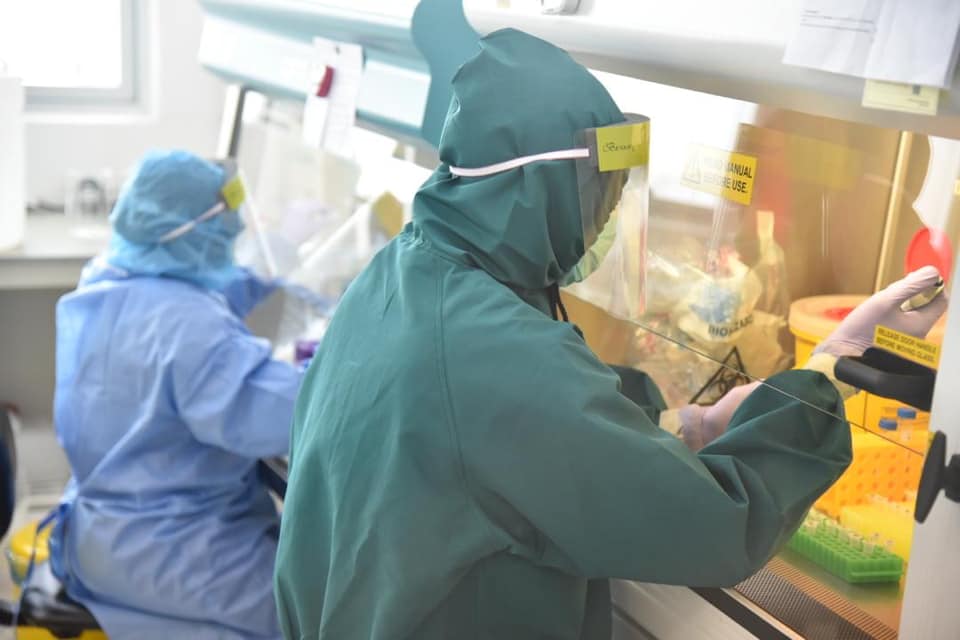KUALA LUMPUR, Sept 25 — The Institute of Medical Research’s (IMR) genome analysis shows that the coronavirus from the Benteng LD cluster in Sabah is not related to the strains found in Kedah.
According to Health director-general Dr Noor Hisham Abdullah, all of the 23 Covid-19 viral strains identified in the Benteng LD cluster — which has recorded 730 positive Covid-19 cases as of yesterday — had the D614G mutation and were similar to each other.
“These are early tests. A few follow-up studies are being conducted to test for probabilities and checks against the phylogenetic tree of the Covid-19 virus family,” he said in a statement.
Phylogenetic trees are diagrammatic representations of the evolution between different related species based on their genetic and physical similarities, according to News Medical. SARS-CoV-2, the virus that causes the Covid-19 disease, is a lineage-b beta-coronavirus belonging to the coronaviridae family.
IMR has done genomic sequencing analysis on 32 viral strains, comprising 23 from the Benteng LD cluster, four from the Sivagangga PUI cluster, three from the Tawar cluster, one from the Sungai cluster, and one from the Bukit Tiram cluster.
The Benteng LD cluster originated from the Lahad Datu district police headquarters before spreading to Tawau prison. The Sivagangga PUI, Tawar, and Sungai clusters originated from Kedah, while the Bukit Tiram cluster came from Johor.
“As suspected, the D614G mutation was detected in all 32 Covid-19 viral strains,” said Dr Noor Hisham.
“Further studies were conducted to analyse the genetic links between these isolated viruses and to compare with the previously detected ones in the Sivagangga PUI and Tawar clusters. As suspected again, all of these isolated viruses for the Kedah clusters (Sivagangga PUI, Tawar, and Sungai clusters) were related. There’s a large possibility that they originated from the same viral source.”
He asserted that the D614G strain was more contagious and spread more easily.
Veteran physician Dr Milton Lum previously wrote that lab studies suggested, but did not prove, that the D614G strain was more infectious in humans than other strains. He also said the D614G variant of the SARS-CoV-2 virus is currently the predominant strain globally and has been found in many countries, like Singapore and in Europe, since last February.








